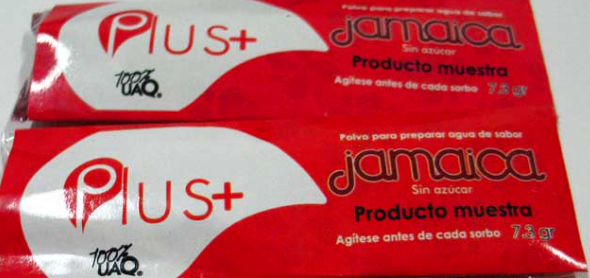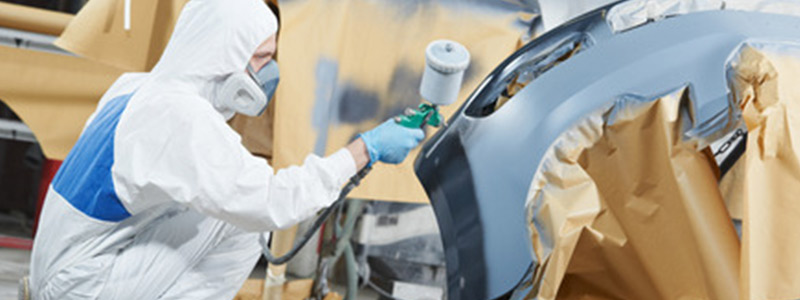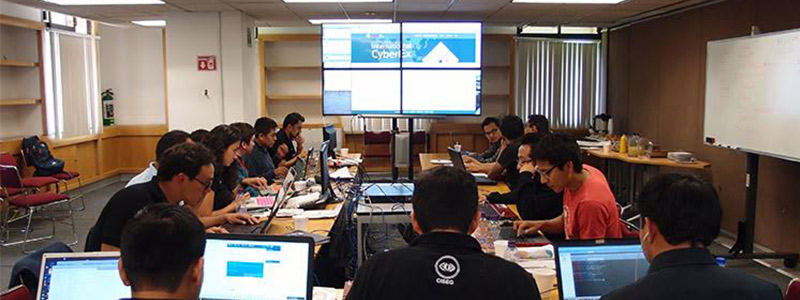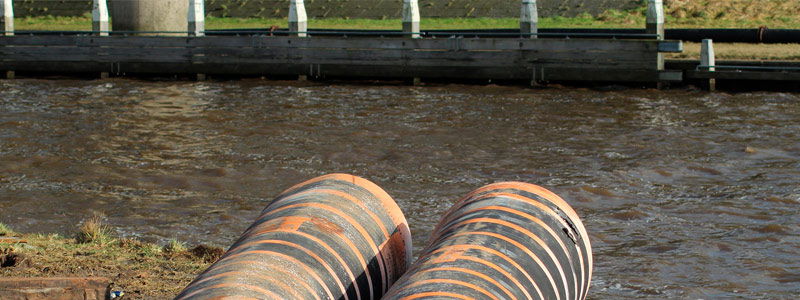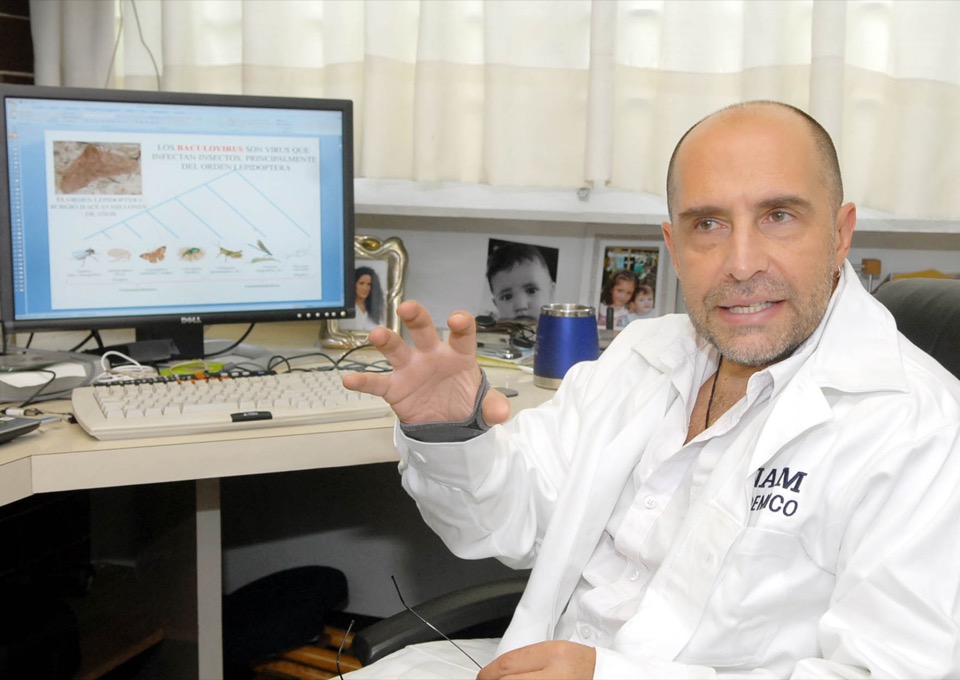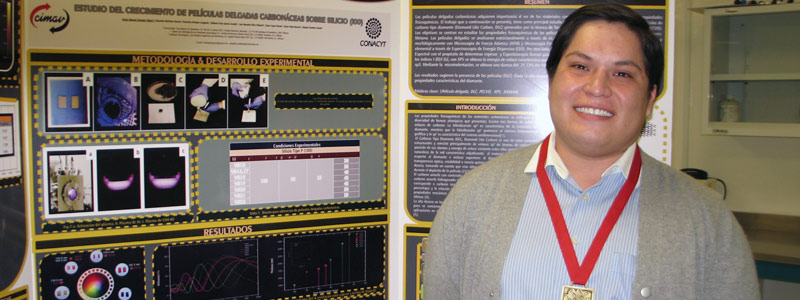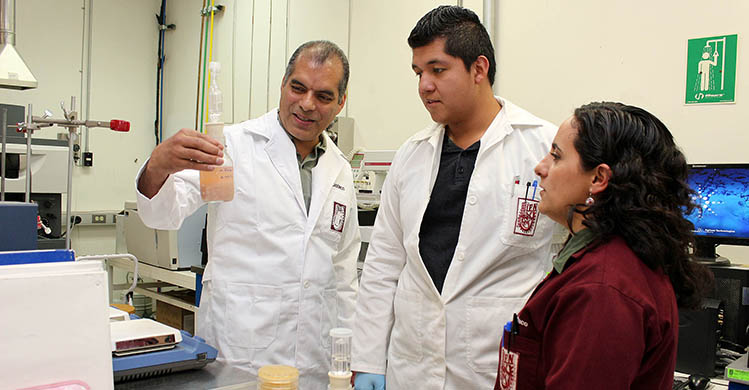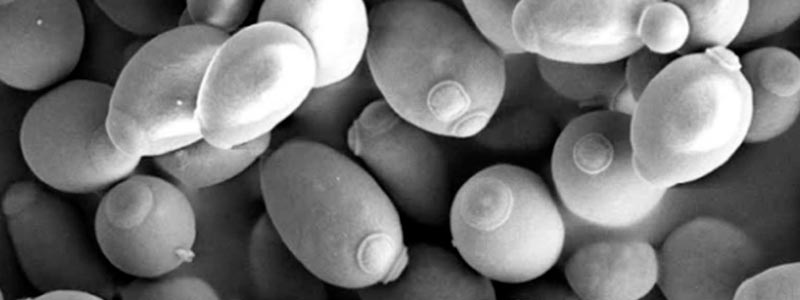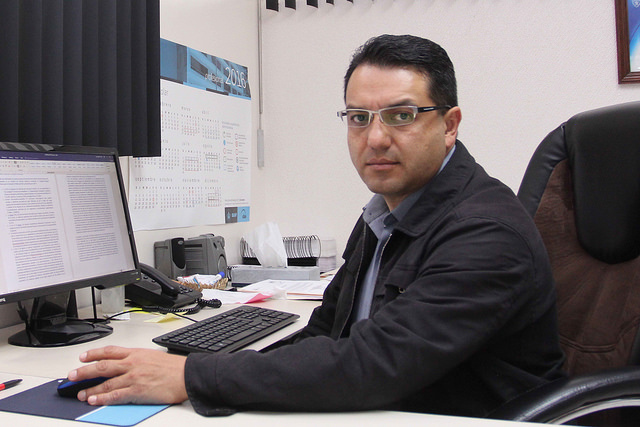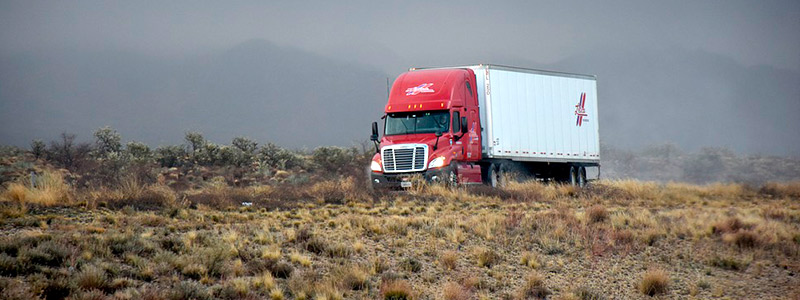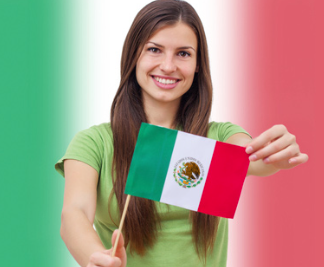By Arturo Ishbak Gonzalez
Trademark use on the Internet has increased significantly in the last years and nowadays it is considered an essential tool for companies to promote their products and/or services among the consumers. Consequently, it is not surprising to find unscrupulous people who register Domain Names identical or confusingly similar to registered trademarks in order to obtain economic benefits by selling them to their legitimate owners. This practice, aka cybersquatting has been defined as a “generally bad faith registration of another’s trademark in a domain name.”[i]
In this regard, this article will analyze the mechanisms, similarities and differences between two efficient and inexpensive alternatives to deal with cybersquatting: the traditional Uniform Dispute Resolution Policy system (“UDRP”) and the new Uniform Rapid Suspension system (“URS”).
First, it is important to identify the Domain Name Registration Hierarchy because the use of the technical terms might be confusing:
- Organization such as Verisign in charge of database of domains ending with a top-level domain name (including gTLDs such as .com or .net and ccTLDs such as .us or .mx).
- Organizations such as CSC, Network Solutions, or GoDaddy that sells rights to use a particular second-level domains (such as mipatente.com).
- User who purchases right to use a second-level domain for a designated period of time (e.g., Grupo Selco for the mipatente.com domain name).
In 1999, the Internet Corporation for Assigned Names and Numbers (ICANN) introduced the UDRP. ICANN is a global multi-stakeholder organization that collaborates with companies, individuals, and governments to ensure the continued security, stability, and interoperability of the Internet.
The UDRP allows for resolution of dispute over use of another’s trademark in a Domain Name. Since there is no mechanism for discovery or testimony, the timeframe from filing the complaint to final decision is relatively short; approximately two months.
All gTLDs are subject to ICANN’s rules. Upon registration of such a Domain Name, the registrant agrees to submit to the mandatory arbitration requirements of ICANN. Unlike gTLD’s, country code top-level domains (ccTLDs) are not all subject to ICANN’s rules, unless the country has agreed to adopt the policy.
There are different dispute resolution providers: Word Intellectual Property Organization (WIPO), the National Arbitration Forum (NAF), Asian Domain Name Dispute Resolution Centre (ADNDRC), Czech Arbitration Court Center for Internet Disputes, and Arab Center for Domain Name Dispute Resolution (ACDR).
The Complainant can pick one or three arbitrators to decide the case and costs range from approximately USD $1,300 to USD $4,500 in fees charged by the providers, not including legal fees incurred by the litigants. Thus, the UDRP proceeding is relatively inexpensive and an efficient alternative for stopping cybersquatters.
The complaint, filed directly with the dispute resolution provider, must specify the Domain Name at issue, the respondent or holder of the Domain Name, the registrar with whom the Domain Name was registered and the grounds for the complaint. To prevail, a Complainant must show that:
- the domain name is identical or confusingly similar to a trademark or service mark in which the complainant has rights;
- the registrant has no rights or legitimate interests in the domain name; and
- the domain name was registered and is being used in bad faith.
On the other hand, the URS system was introduced as an alternative to the UDRP system to provide more rapid relief to trademark owners in clear-cut Domain Name disputes. The entire URS process generally takes between 20 to 25 days and the elements to prevail in a URS complaint are the same as for a UDRP complaint.
Whereas the UDRP applies to all gTLDs (and ccTLDs that have adopted it), the URS applies only to new gTLDs such as .GENERIC (.law) and .BRAND (.netflix) or ccTLDs that have adopted the URS. Currently, the URS has only been adopted in relation to the .pw ccTLD (i.e., Palau). So far, only the ADNDRC and the NAF have been appointed by ICANN as URS providers.
Regarding the filing fees for the URS, they are much lower than for the UDRP. For example, if the complaint involves one to five Domain Names, the ADNDRC sets the filing fee for the URS at USD 360 and for the UDRP at USD 1,500 (for a single-member panel).
Now, the remedies available for UDRP are cancellation or transfer of the Domain Name at issue, damages and injunction are not available. UDRP however contains the possibility of filing a lawsuit against the Registrant in a jurisdiction that is either the location of WIPO’s principal office or Respondent’s address as shown in the “whois” database.
In the US, the Anti-Cybersquatting Consumer Protection Act (ACPA) traditionally awards the prevailing party with USD $1,000 to $100,000 for trademark / statutory damages per infringing domain name.
Finally, the sole remedy available to a Complainant in a URS is the suspension of the Domain Name. Unlike UDRP proceedings, the panelists cannot order the transfer of the Domain Name to the Complainant or cancel the registration of the Domain Name. If the panelists issue a determination in favor of the Complainant, the “whois” details will continue to show the respondent as the registrant, but the Domain Name will be suspended from use and will automatically redirect users to a page stating that the Domain Name is not available and has been taken down as a result of a URS action. The Domain Name cannot be transferred, deleted or modified during the life of the registration, and the Complainant itself is not entitled to use it.
The suspension is for the remainder of the registration period of the respective Domain Name. The Complainant can extend the suspension for an additional year by extending the registration period and paying the renewal registration fees. However, once the Domain Name expires and ceases to be suspended, there is nothing to stop another third party from re-registering the Domain Name.
[i] https://www.icann.org/resources/pages/cybersquatting-2013-05-03-en
Arturo Ishbak Gonzalez
NBC Tower, Suite 3600, 455 N. Cityfront Plaza Drive
Chicago, Illinois 60611-5599
[email protected] Twitter: @ArturoIshbak



